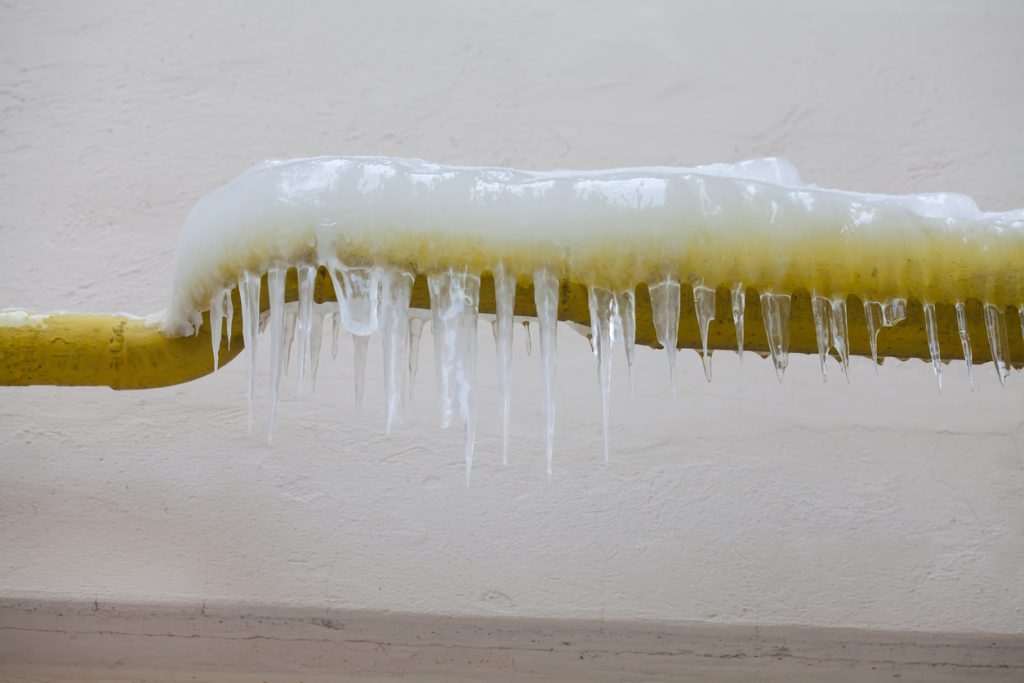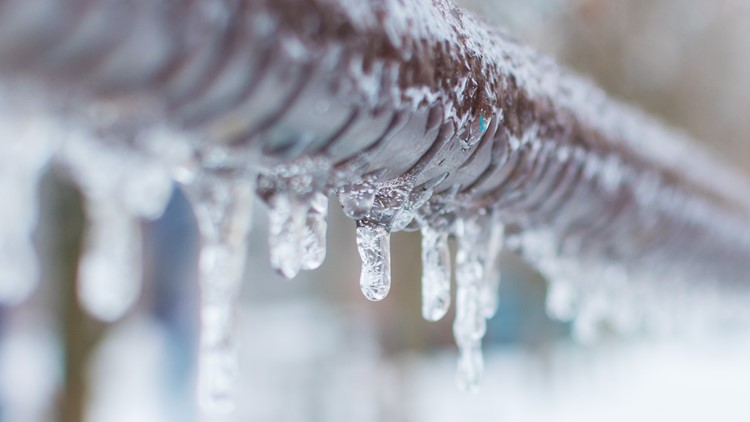Avoiding Frozen Pipes: Best Tips for Winter
Avoiding Frozen Pipes: Best Tips for Winter
Blog Article
The article author is making several great points on Prevent Frozen Pipes in general in the article down the page.

Winter can ruin your plumbing, especially by freezing pipelines. Below's exactly how to avoid it from happening and what to do if it does.
Introduction
As temperatures decrease, the threat of icy pipelines boosts, potentially leading to costly fixings and water damage. Recognizing how to stop icy pipes is vital for homeowners in cold climates.
Comprehending Frozen Pipelines
What triggers pipes to freeze?
Pipelines freeze when subjected to temperatures below 32 ° F (0 ° C) for extended periods. As water inside the pipes ices up, it broadens, taxing the pipeline walls and possibly creating them to break.
Dangers and damages
Icy pipelines can lead to water interruptions, building damages, and costly repair services. Burst pipelines can flood homes and cause considerable structural damages.
Indications of Frozen Pipeline
Identifying icy pipes early can stop them from breaking.
How to identify frozen pipes
Seek reduced water circulation from faucets, uncommon smells or noises from pipes, and noticeable frost on exposed pipelines.
Prevention Tips
Protecting prone pipes
Wrap pipelines in insulation sleeves or make use of warmth tape to protect them from freezing temperatures. Focus on pipes in unheated or exterior locations of the home.
Home heating strategies
Keep interior areas properly heated up, particularly areas with plumbing. Open closet doors to allow warm air to circulate around pipes under sinks.
Safeguarding Outdoor Pipes
Yard pipes and exterior faucets
Disconnect and drain yard hose pipes before winter. Mount frost-proof faucets or cover outside faucets with insulated caps.
What to Do If Your Pipelines Freeze
Immediate activities to take
If you suspect frozen pipelines, keep faucets open up to eliminate pressure as the ice melts. Use a hairdryer or towels taken in hot water to thaw pipes slowly.
Long-Term Solutions
Structural adjustments
Consider rerouting pipelines away from exterior walls or unheated locations. Add additional insulation to attics, basements, and crawl spaces.
Upgrading insulation
Invest in high-grade insulation for pipelines, attic rooms, and walls. Proper insulation helps maintain constant temperatures and reduces the danger of frozen pipelines.
Conclusion
Avoiding frozen pipelines requires positive procedures and quick responses. By recognizing the reasons, signs, and preventive measures, property owners can protect their plumbing throughout winter.
5 Ways to Prevent Frozen Pipes
Drain Outdoor Faucets and Disconnect Hoses
First, close the shut-off valve that controls the flow of water in the pipe to your outdoor faucet. Then, head outside to disconnect and drain your hose and open the outdoor faucet to allow the water to completely drain out of the line. Turn off the faucet when done. Finally, head back to the shut-off valve and drain the remaining water inside the pipe into a bucket or container. Additionally, if you have a home irrigation system, you should consider hiring an expert to clear the system of water each year.
Insulate Pipes
One of the best and most cost-effective methods for preventing frozen water pipes is to wrap your pipes with insulation. This is especially important for areas in your home that aren’t exposed to heat, such as an attic. We suggest using foam sleeves, which can typically be found at your local hardware store.
Keep Heat Running at 65
Your pipes are located inside your walls, and the temperature there is much colder than the rest of the house. To prevent your pipes from freezing, The Insurance Information Institute suggests that you keep your home heated to at least 65 degrees, even when traveling. You may want to invest in smart devices that can keep an eye on the temperature in your home while you’re away.
Leave Water Dripping
Moving water — even a small trickle — can prevent ice from forming inside your pipes. When freezing temps are imminent, start a drip of water from all faucets that serve exposed pipes. Leaving a few faucets running will also help relieve pressure inside the pipes and help prevent a rupture if the water inside freezes.
Open Cupboard Doors
Warm your kitchen and bathroom pipes by opening cupboards and vanities. You should also leave your interior doors ajar to help warm air circulate evenly throughout your home.

Do you enjoy more info about How To Avoid Freezing Pipes? Try leaving a comment further down. We will be delighted to see your suggestions about this content. We hope to see you back again soon. Do you know somebody else who is in to the topic? Be sure share it. I thank you for reading our article about How To Avoid Freezing Pipes.
About This Report this page